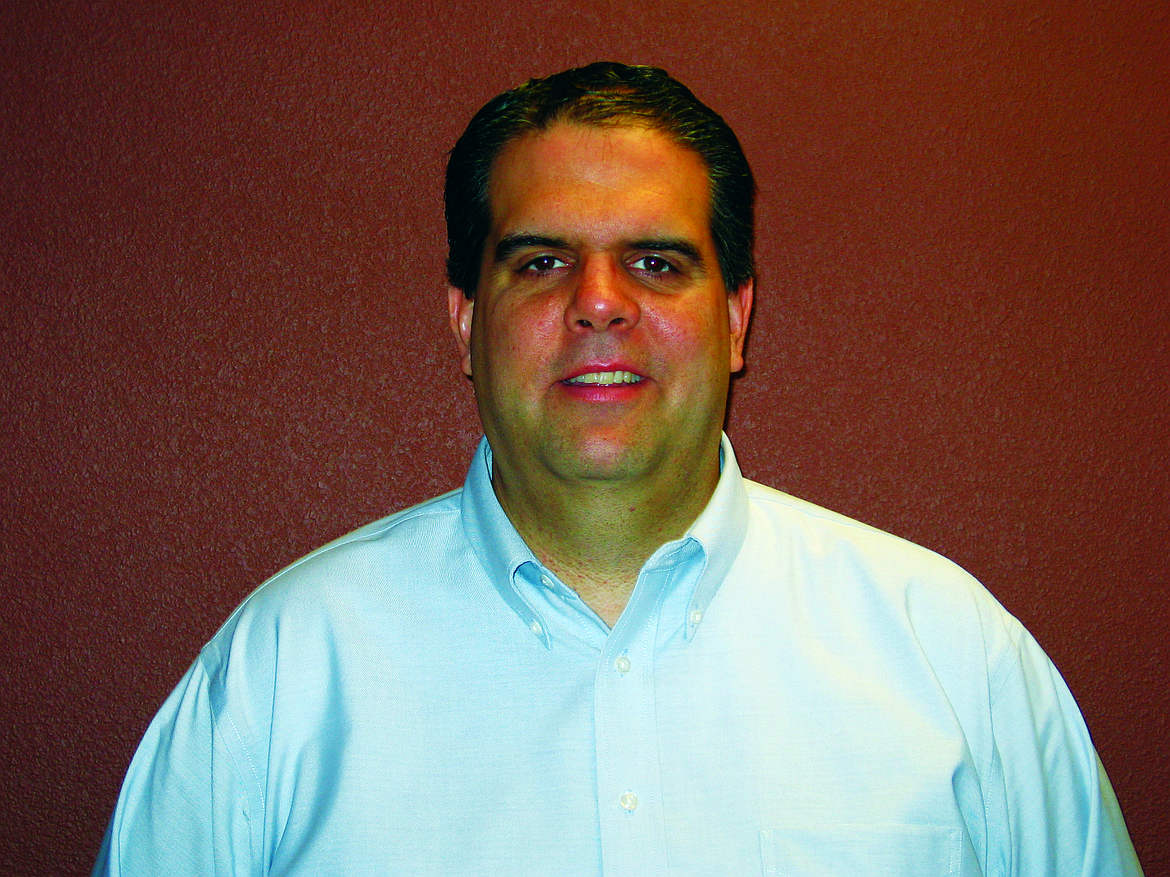ADVERTISING: Advertorial — Osteoporosis: What women need to know
Osteoporosis can cause bones to become weak and brittle. The bones are characterized by low density and strength which can lead to an increased risk factor for falls and fractures. The most common areas affected are the hip, wrist and spine. The good news is that bone is living tissue and is constantly being absorbed and replaced. Osteoporosis occurs when the creation of new bone doesn’t keep up with the removal of old bone. In the early stages, you usually do not have pain or other symptoms. But once bones become fragile, you may begin to experience back pain and even loss of height over time. Many osteoporotic patients report stiffness and pain which is often a result of decreased mobility. When we evaluate spinal mobility it is often determined that there are restrictions in spinal joint motion particularly in the upper spine, hips and lower spine. In our office, we will evaluate your spine to determine if you are a candidate for chiropractic care and if so we will develop specific treatment utilizing gentle techniques that are safe and effective.
There are many contributing factors to the development of osteoporosis and they include hormone levels, dietary factors, medications including steroids and lifestyle choices. Lifestyle choices include lack of exercise, tobacco and alcohol use. Dietary factors include a diet high in saturated animal fats, and simple carbohydrates (refined flour and sugar). Your diet should include lean protein, whole grains and green leafy vegetables to help lower the risk. Other dietary risk factors include low calcium, magnesium and vitamin D levels along with weight loss surgery and eating disorders that also negatively impact these levels.
The best source of vitamin D is sunlight, however living in the Northwest region most of us are low in our vitamin D levels and it is necessary to add vitamin D supplementation. Vitamin D3 is shown to be the most easily digestible form. Along with D3, we need to consume foods containing magnesium, zinc, boron, vitamin A and vitamin K which are cofactors that help the body absorb and utilize Vitamin D. Good sources of magnesium include fish, nuts and dark green leafy vegetables; boron — nuts and apples; zinc — oysters, meat; vitamin A-sweet potatoes, liver, carrots, fish; and vitamin K-liver, meat and egg yolks.
Another lifestyle habit is weight bearing exercise which can help build stronger bones and slow down bone loss especially when combined with strength training. It is important to strengthen muscles and bones through exercises such as walking, jogging, stair climbing, skiing and impact producing sports. Exercises such as swimming, cycling and elliptical trainers can provide a good cardiovascular workout but because these exercises are low impact, they are not helpful for improving bone health.
At Natural Spine Solutions, we will evaluate your specific health concerns, make lifestyle recommendations to help you obtain results and reach your health goal.
• • •
Dr. Wayne M. Fichter Jr. is a chiropractor at Natural Spine Solutions. The business is located at 3913 Schreiber Way in Coeur d’Alene, 208-966-4425.

